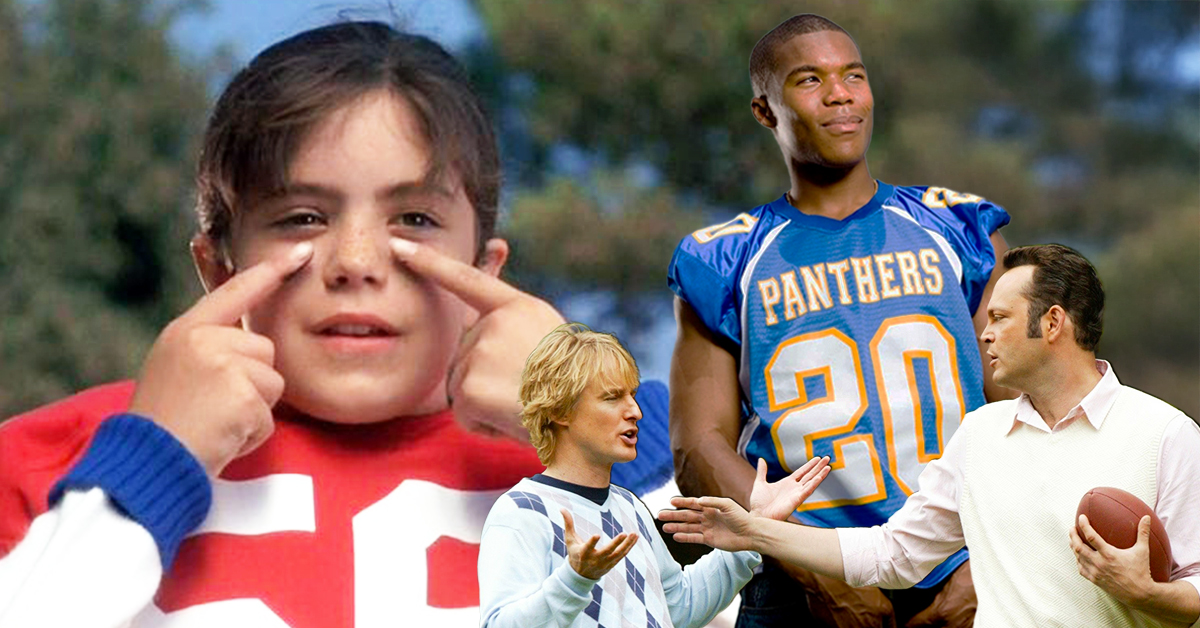Target’s new CEO has to fix these three things, and one of them is—yes, really—DEI
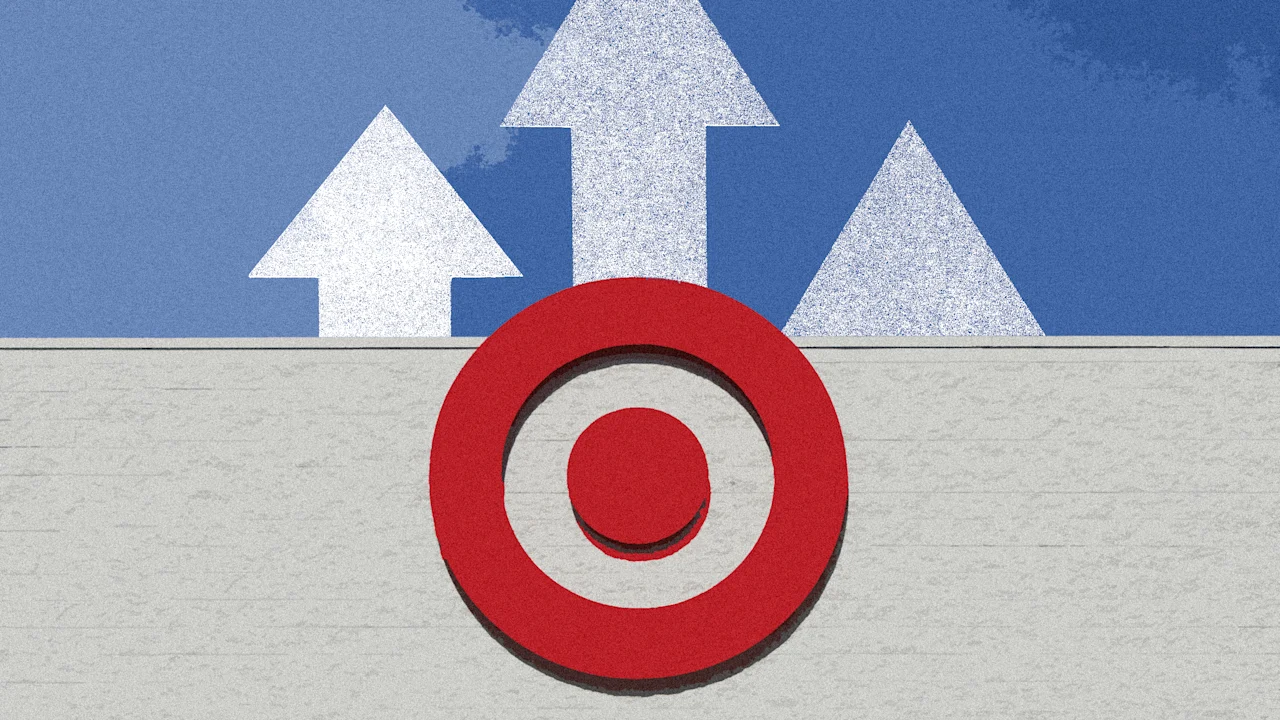
The Target brand—once one of the most enviable in retail—is in tatters. The 50-year-old company is battling rising prices, disorganized and sometimes understocked stores, and a consumer boycott over its sudden retreat from DEI under the Trump Administration.
That’s why Target raised eyebrows when it announced that Michael Fiddelke—who has been at the company for two decades, most recently as COO—is taking the top job, replacing current CEO Brian Cornell in February. Some analysts have questioned the decision to promote an insider, instead of finding an external candidate with fresh ideas. Indeed, when Fiddelke articulated his strategy for helping Target bounce back during the company’s earnings call this week, it didn’t sound like a bold new direction. Instead, he’s focused on reviving the retailer’s design-forward private labels and updating back-end technology to make operations run more smoothly.
I’ve reported on both the early success of Target’s private-brand strategy and the company’s more recent troubles—including the boycott. It’s clear that Target will need to make bigger changes to recover its former glory. Here are three things Fiddelke must do to save Target from further decline.
Showcase Design, But Make It Affordable
For more than two decades, Target has differentiated itself from other retailers with its focus on good design. It collaborated with high-end designers like Alexander McQueen and Rodarte to create affordable versions of their products. It also has a $31 billion portfolio of trendy private labels that mimic more expensive brands on the market.
But over the past three years, as America has experienced inflation, many consumers are tightening their belts. With less money for discretionary purchases, they’re limiting their spending to essentials.
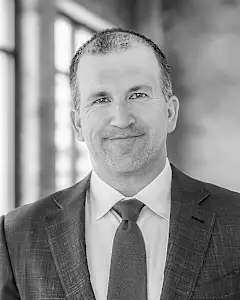
This is partly why Walmart has thrived in recent years, according to analysts. Walmart has remained focused on keeping its prices as low as possible, allowing it to hold onto low-income consumers and also attracting wealthier ones. “Even households that makes more than $100,000 are looking to save money,” says Mickey Chadha, Moody’s retail analyst. “They’re gravitating towards the Walmarts of the world.”
Fiddelke has said it is imperative for Target to focus on its merchandising strategy and return to its “style and design North Star,” especially for its own brands. But he will have the difficult task of creating well-designed products at prices that will appeal to budget-constrained consumers. Given that Target manufactures most of its merchandise overseas, Trump’s tariffs will make this even harder, even if the company has been trying to diversify countries of production.
And these days, Target isn’t the only retailer focused on good design. Walmart has been investing in creating its own well-designed private labels, from its premium food brand Bettergoods to its clothing brands designed by Brandon Maxwell. With these brands, Walmart is creating a flywheel: Shoppers come to it for low-priced basics—especially groceries—but leave with a more expensive purchase.
For Target, the opposite is true: Its promise of style and “newness at an affordable price,” as chief commercial officer Richard Gomez described it on the earnings call, are what drive people to shop there.
Target is not going to beat Walmart on groceries: Food and beverage makes up 65% of Walmart’s sales, compared to only 22% of Target’s. So Target needs to find a way to signal that its discretionary items are affordable and worth a store visit. Just as important: It would do well to bring even more of its style sensibility to essentials.
Fix The Shopping Experience
“There are some forever truths in retail,” Fiddelke noted on Target’s March earnings call. The first, he said, “Retail is about product, and the best product at the best value wins.” The second: “Experience is critical.”
Over the past three years, the shopping experience at Target has gone downhill. In May, Fast Company spoke with Target employees about how stores were understaffed, resulting in messy shelves and long checkout lines. On Reddit, customers vented about how inventory was often misplaced and products were out of stock.
“The stores are disorganized, product is never where it’s supposed to be, and I’ve seen expired product on shelves—which is the worst thing you can do as a retailer—and there’s no one you can even complain to,” Sucharita Kodali, principal analyst at Forrester, told me earlier this year. “These are serious executional problems.”
Fiddelke has been COO since February 2024, so many of these slips in service have occurred under his watch. But on his call with investors this week, he said he is committed to improving the in-store shopping experience so it feels “elevated and joyful.” One way he will do this is to invest in new technologies, which will presumably include better inventory management systems.
But Kodali points out that much of the store experience depends on employees. She says that Target needs to hire enough staff, and create a positive culture, so that team members are motivated to keep shelves clean and organized. And most importantly, Target’s leadership needs to be willing to receive feedback from in-store staff about what is actually happening on the ground and what they can do to fix it.
“Target won’t succeed if it has a top-down culture,” says Kodali. “They need to listen to people at the grassroots level, because that is where the problems are.”
In his recent earnings call, Fiddelke sidestepped the question of whether he’d add more staff to stores. But he did outline a plan to designate certain stores as fulfillment centers for digital orders, while letting other stores off the hook for digital orders so that they can focus on the “in-store experience.”
The company is already testing the strategy in Chicago, and plans to roll it out to 30 to 40 more markets by the end of the year. The apparent goal here is to take pressure off store employees, but it’s unclear whether it will work.
Establish Target’s Values
Consumers are confused about what Target represents. For years, the company aligned itself with progressive values, which made it popular among liberal-leaning consumers. This was a smart strategy because the majority of Target’s stores are located in cities, where the population tends to lean left.
But over the past year, the company has backed away from its DEI commitments, leaving many consumers to question what the brand stands for.
Cornell helped craft Target’s image as an inclusive company. He spearheaded Target’s first Pride product collection in 2015 and announced a trans-inclusive bathroom policy. Cornell also spoke about how profoundly George Floyd’s murder—which took place near Target’s Minnesota headquarters—affected him. He launched a range of DEI policies, from spending $2 billion in Black-owned businesses to increasing its Black workforce.
But in January, Target reversed many of these policies, which angered Black consumers. “It felt like a betrayal,” says Marcus Collins, a marketing professor at the University of Michigan and author of For the Culture. Civil rights leaders like Jamal Bryant and Al Sharpton launched a nationwide boycott of Target stores, which led to months of declining foot traffic.
The appointment of an insider like Fiddelke won’t do much to quell the backlash unless he steps up and speaks directly about the boycott. If Fiddelke is to win consumers back, he needs to clearly identify what Target stands for and communicate this message to consumers.
Consumers now have many alternatives to Target. They can shop at Walmart, which has stayed laser focused on its commitment to offering the lowest prices. Or they can shop at CostCo, which has chosen not to back down on DEI. Consumers need a reason to choose Target, and Fiddelke needs to figure out what that is.
What's Your Reaction?
 Like
0
Like
0
 Dislike
0
Dislike
0
 Love
0
Love
0
 Funny
0
Funny
0
 Angry
0
Angry
0
 Sad
0
Sad
0
 Wow
0
Wow
0
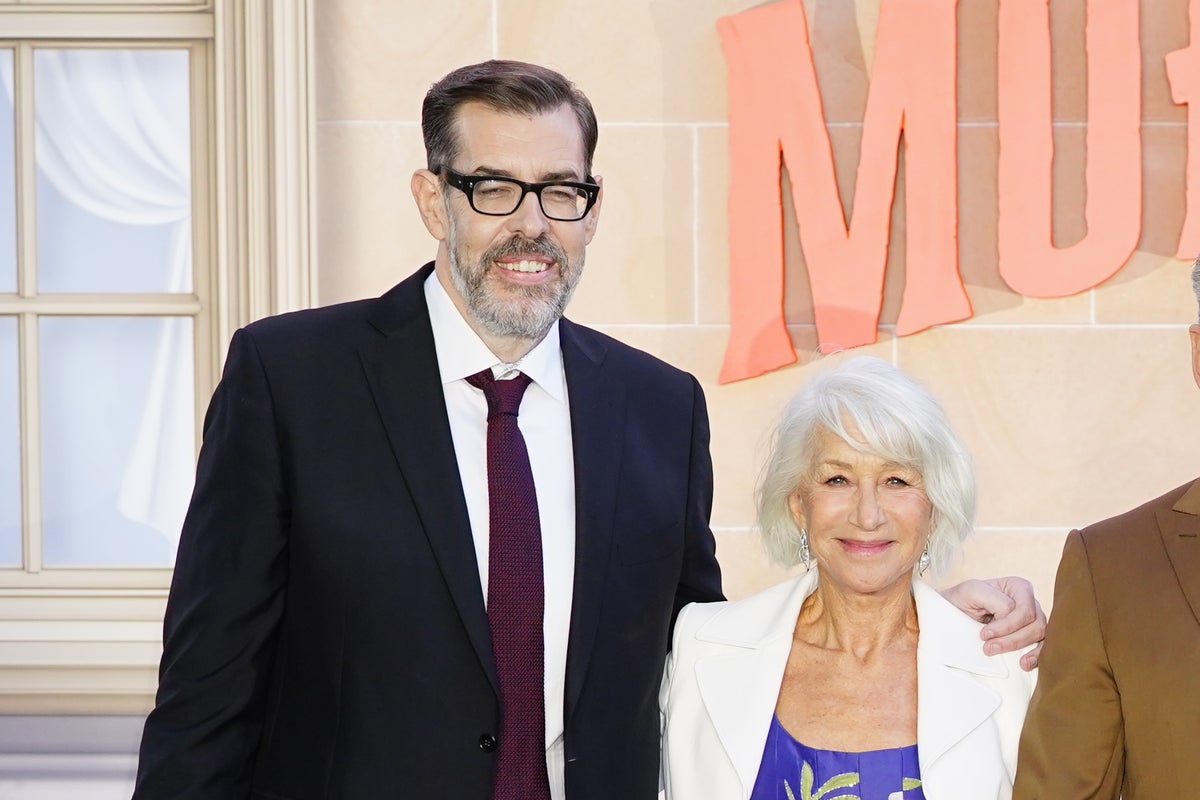


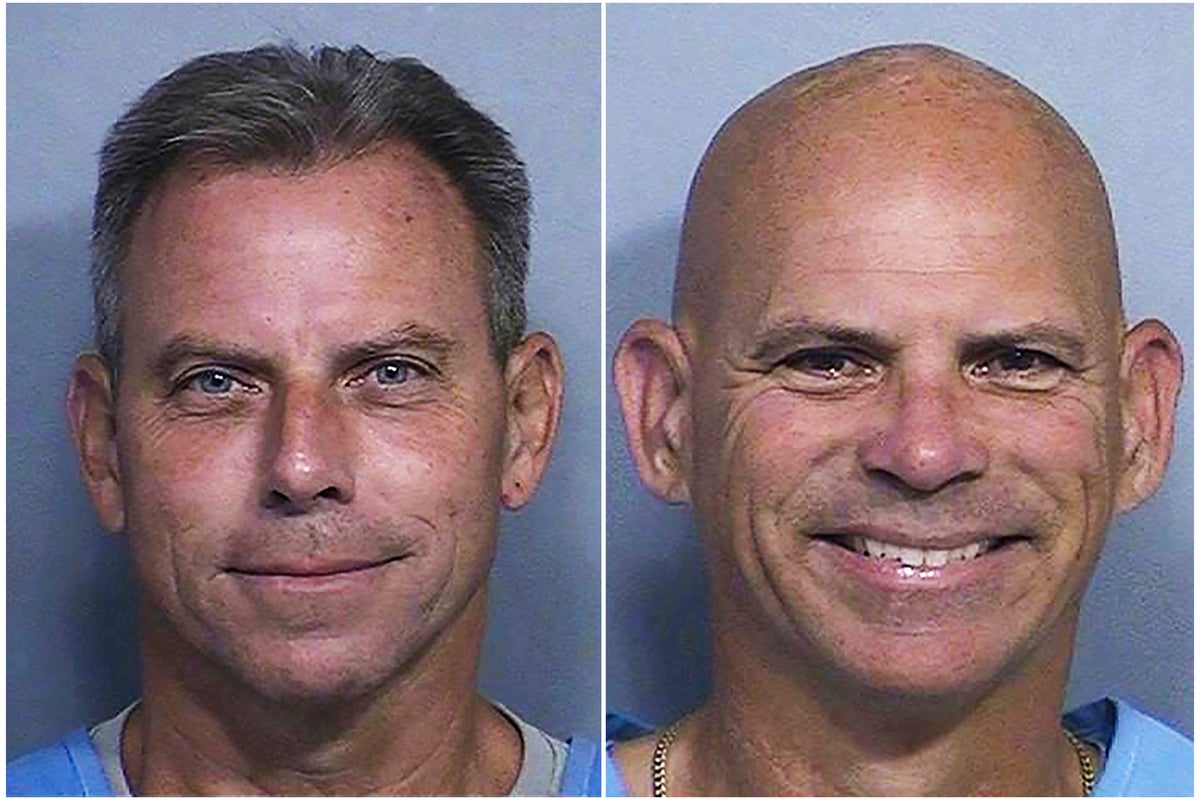
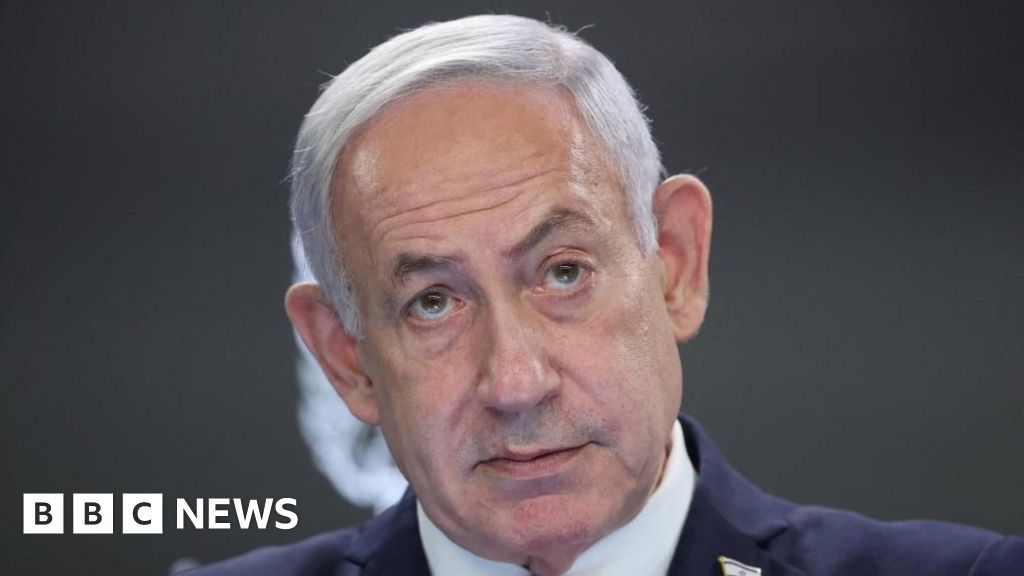

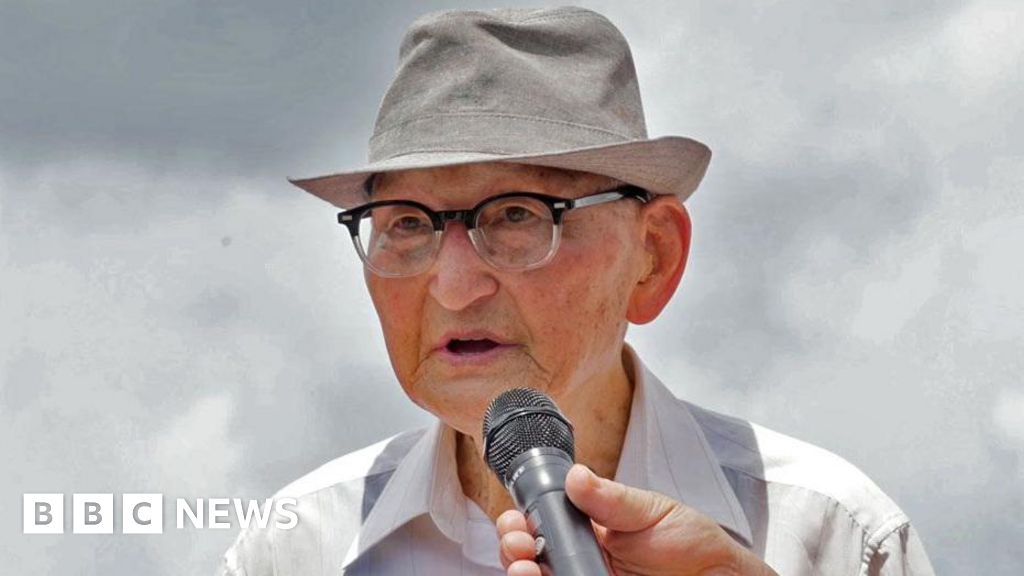


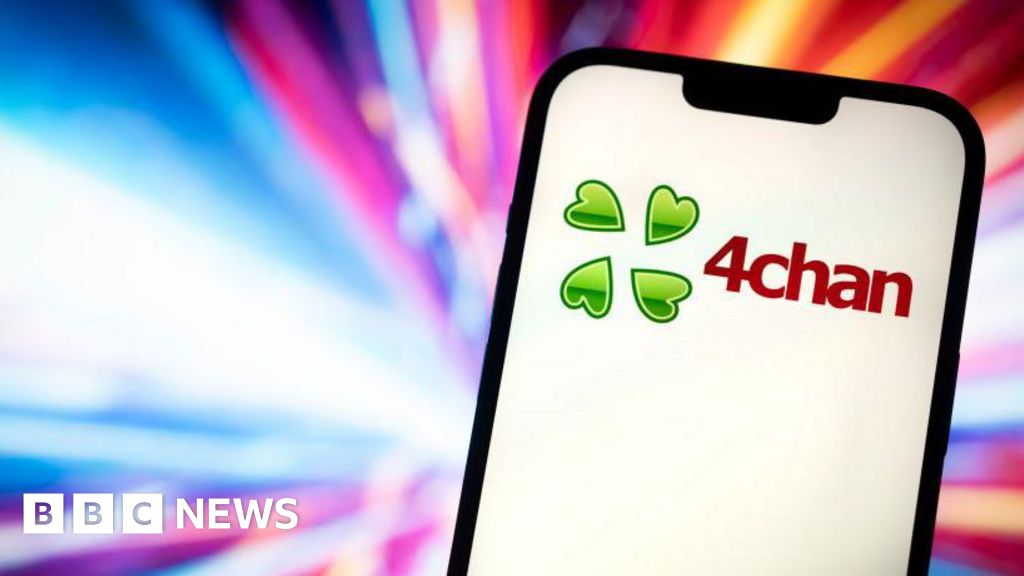






.jpeg?width=1200&auto=webp&trim=0,100,0,100#)







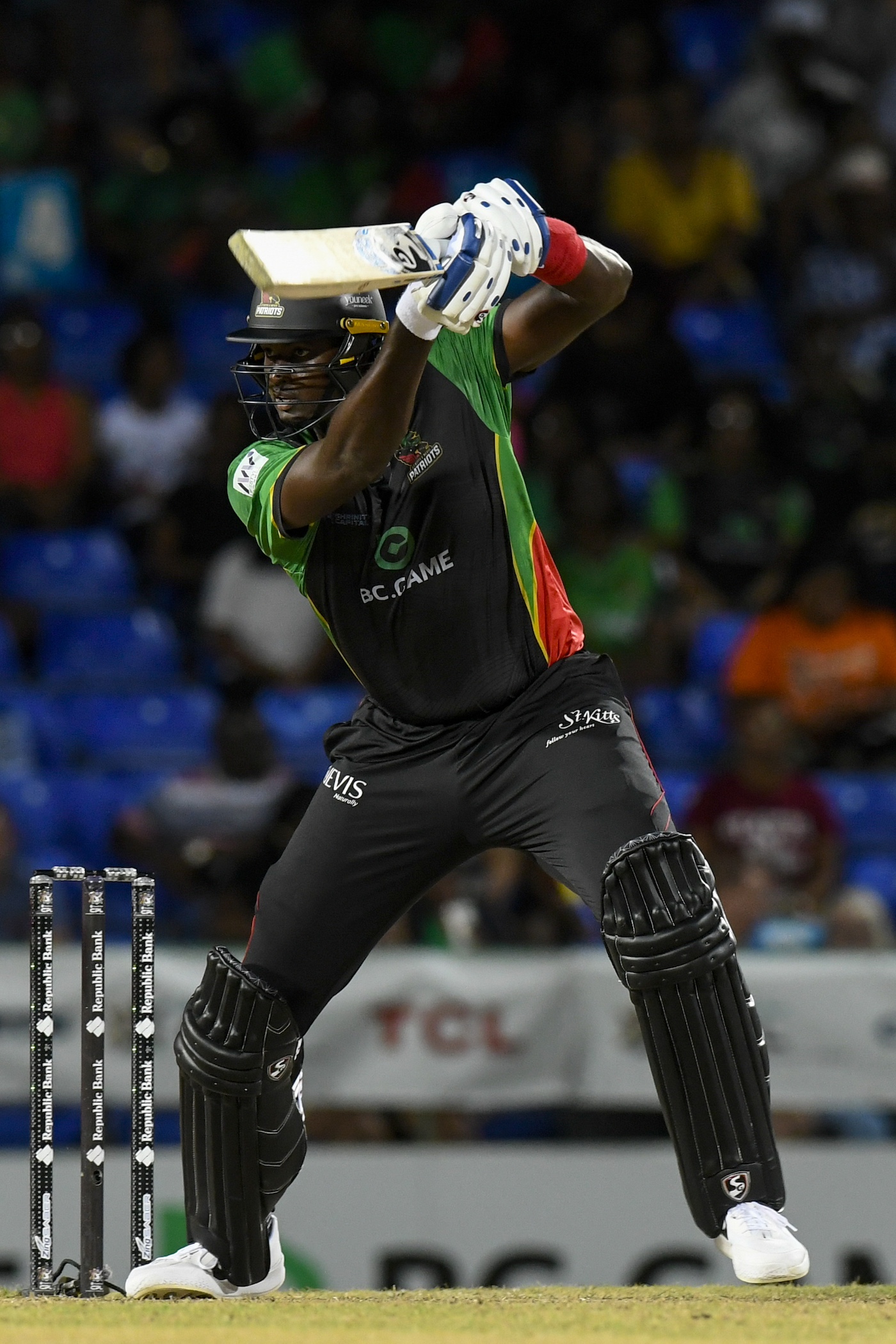
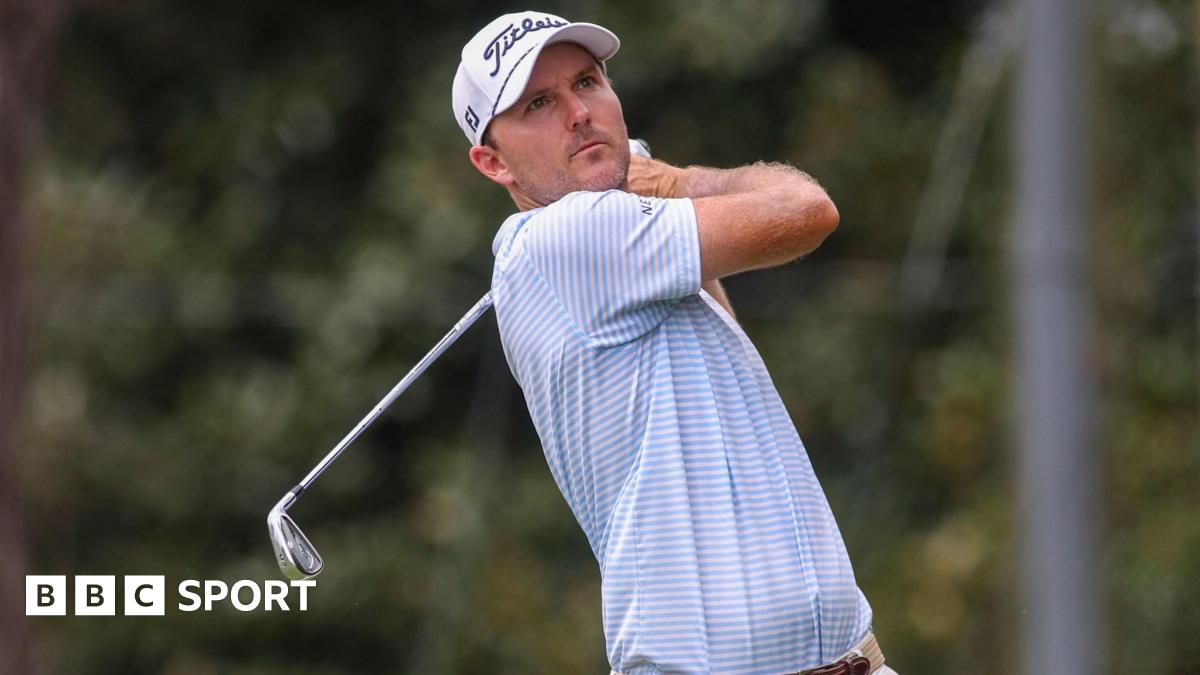





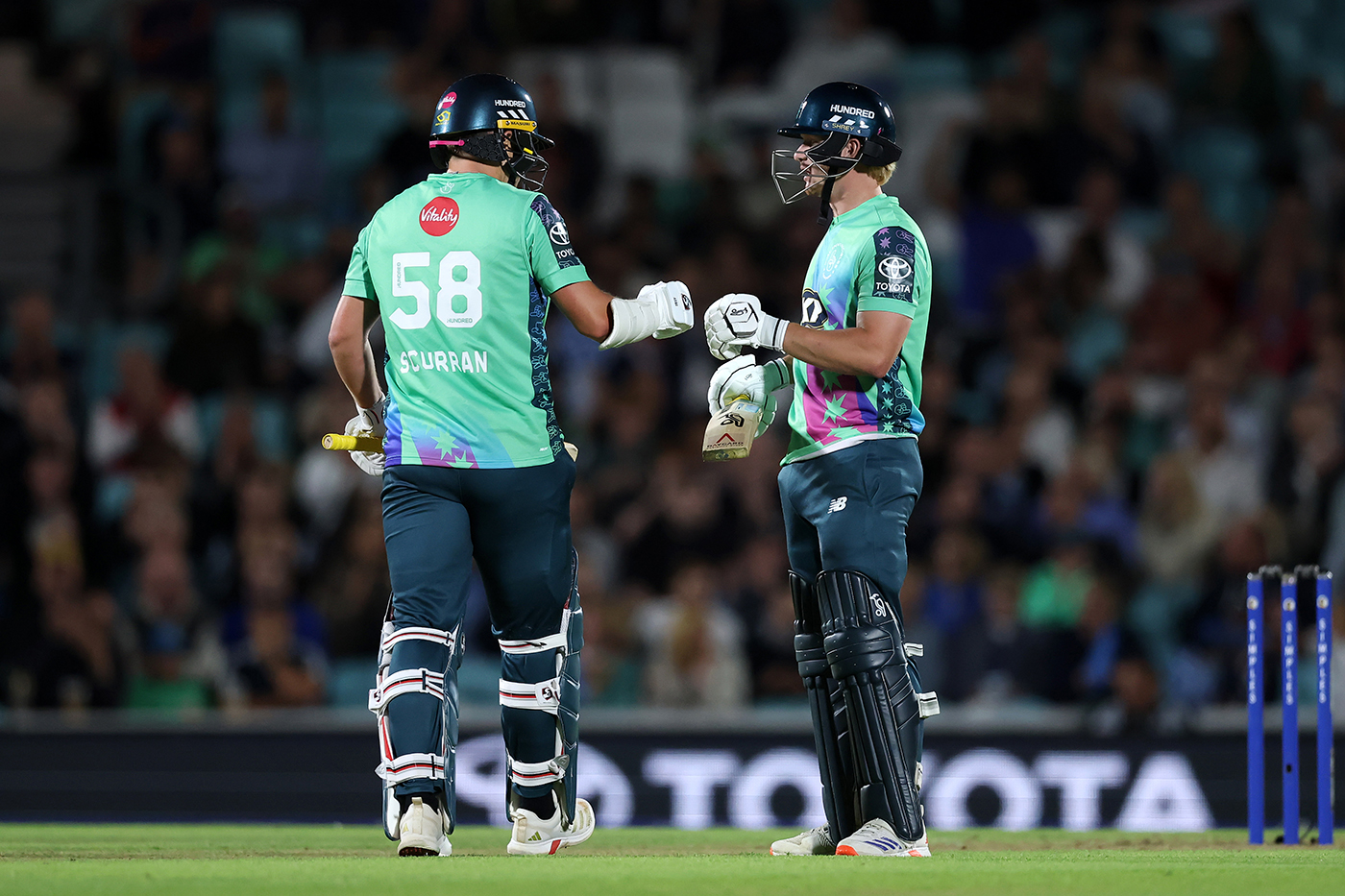

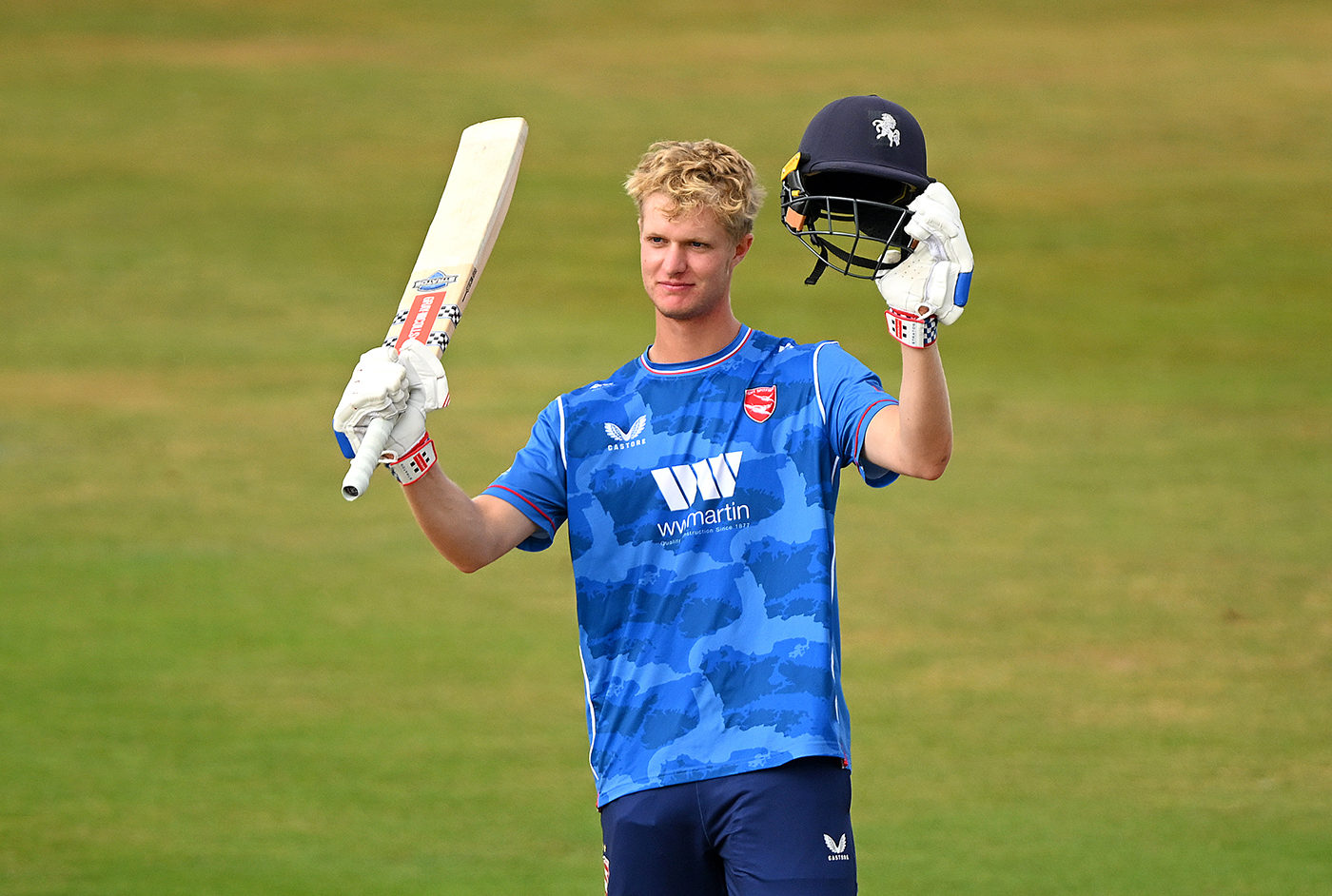
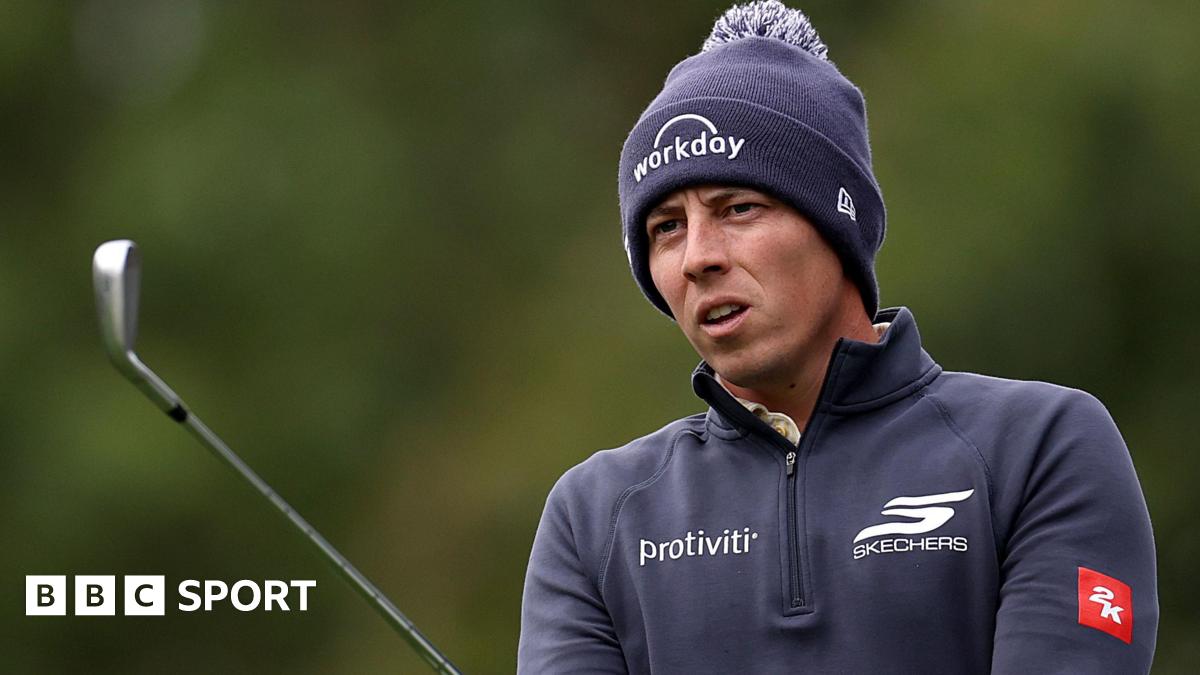





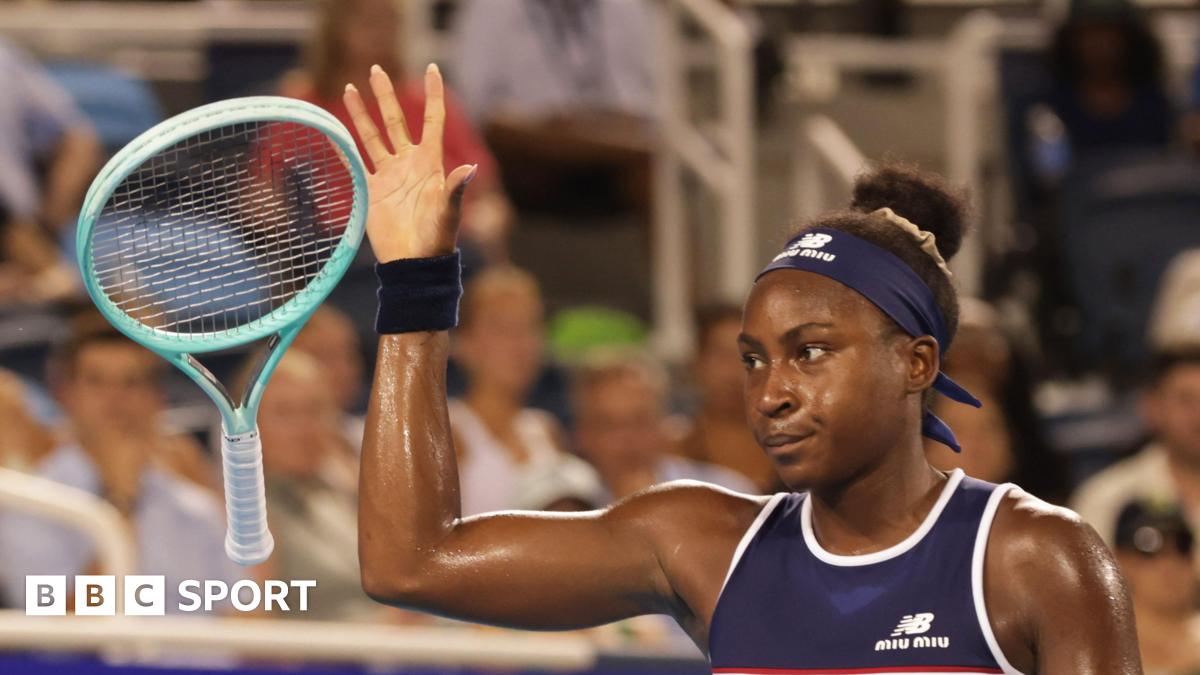
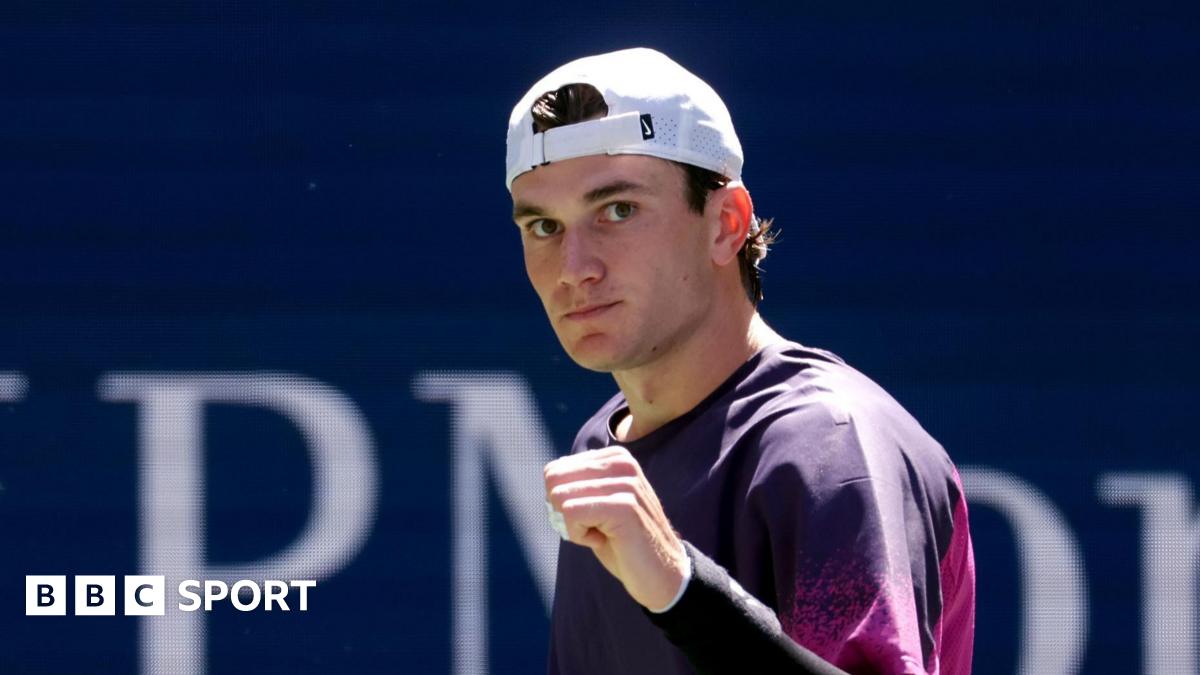
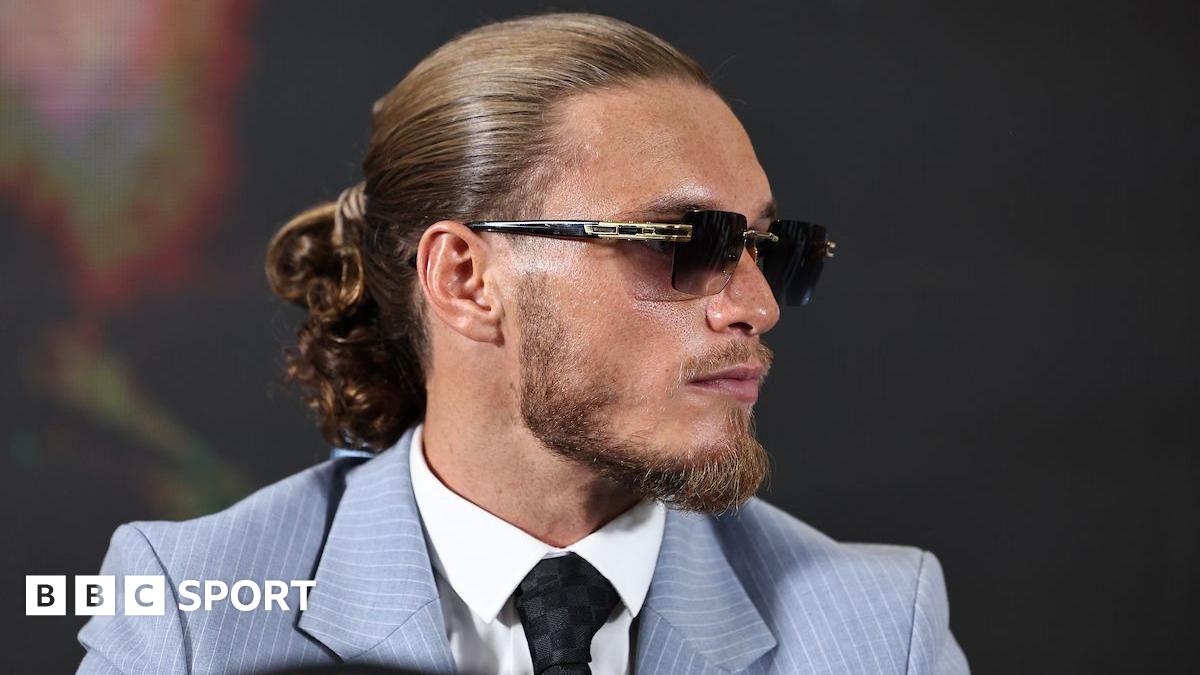
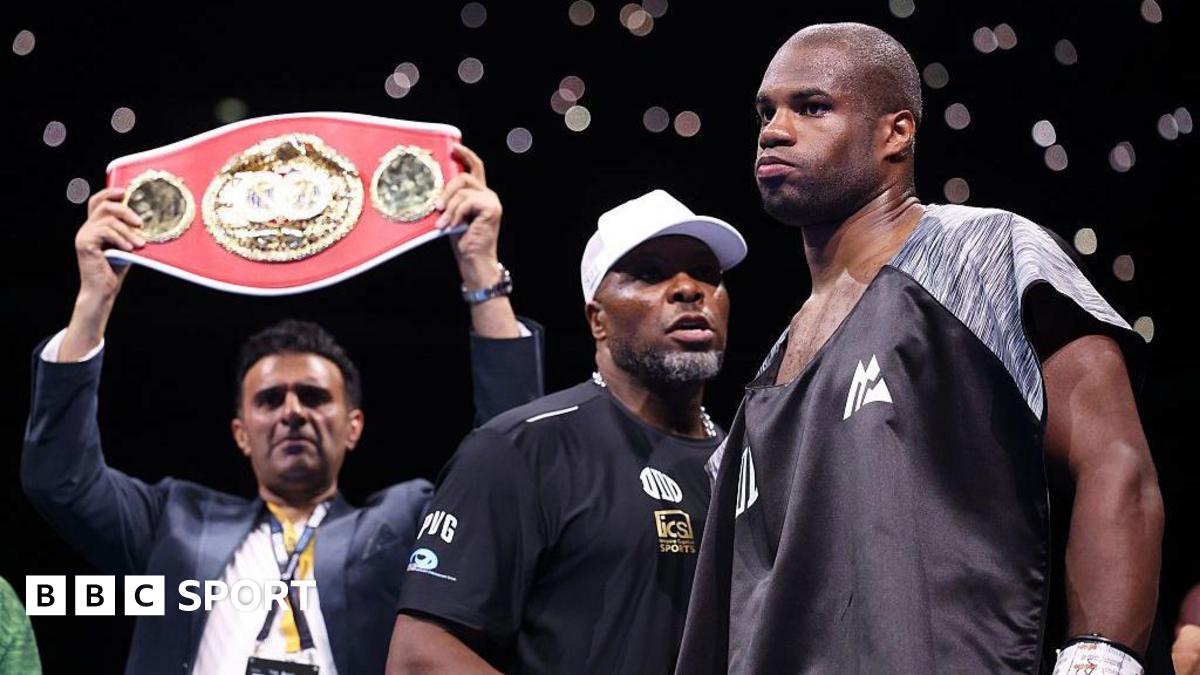
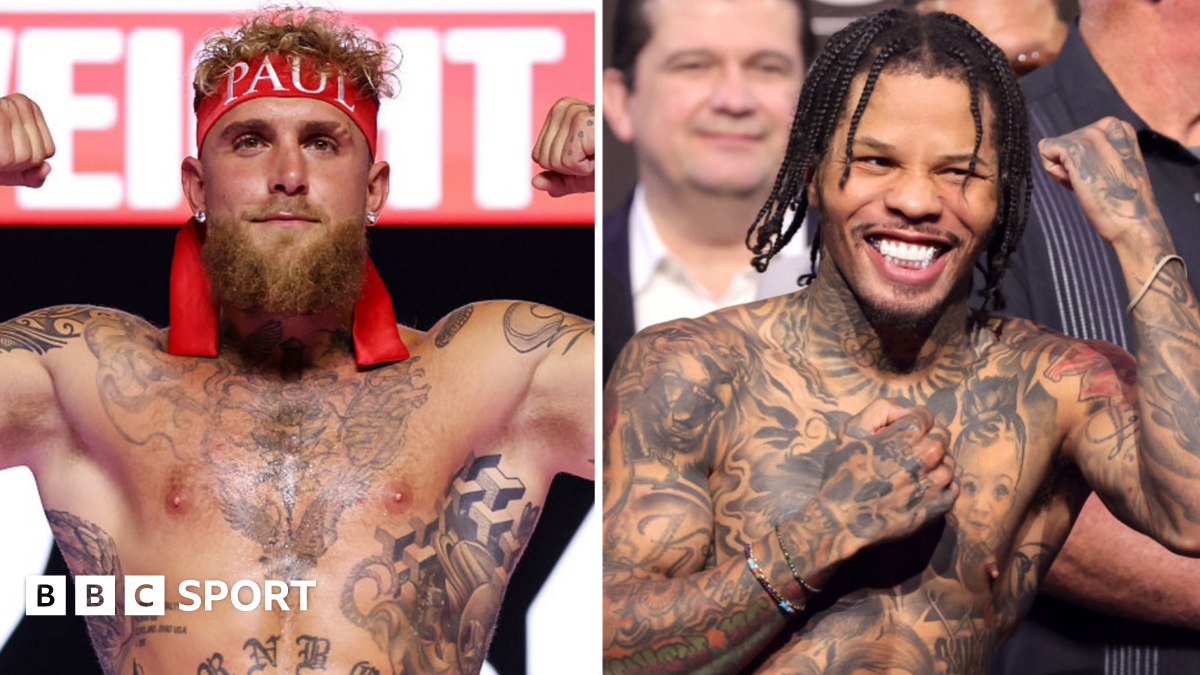





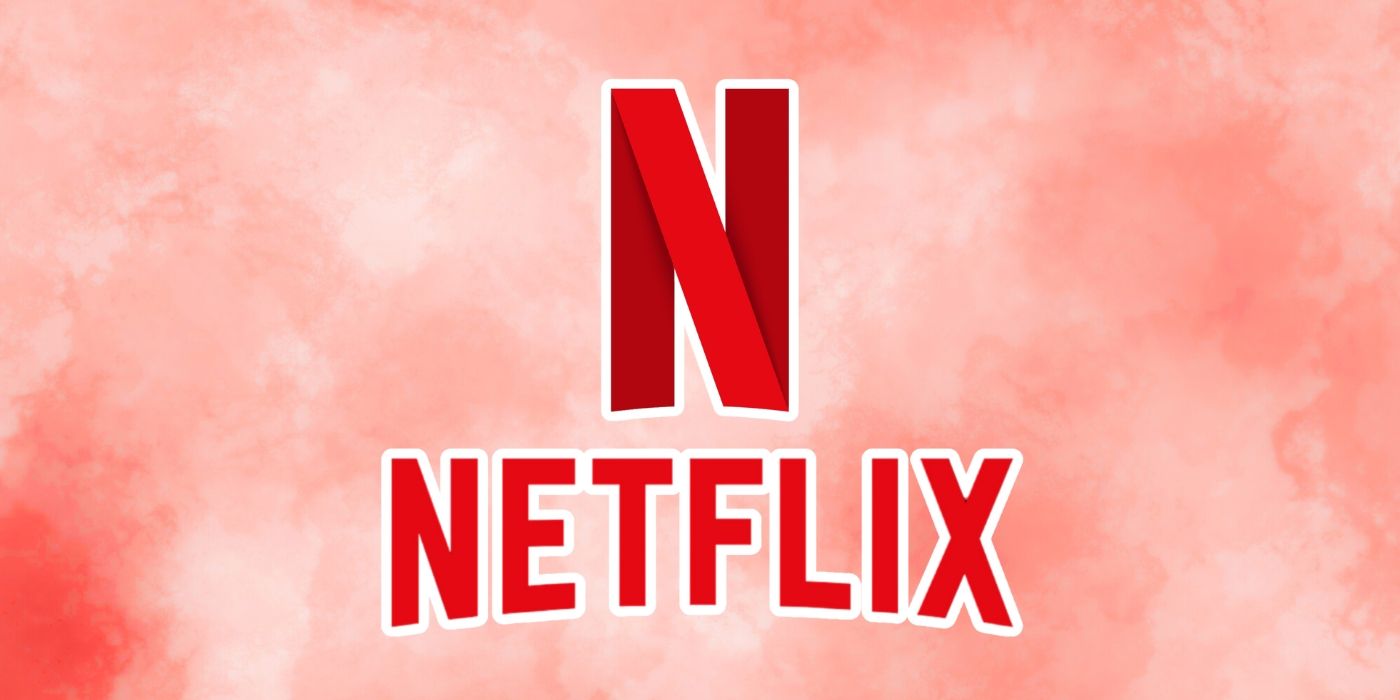
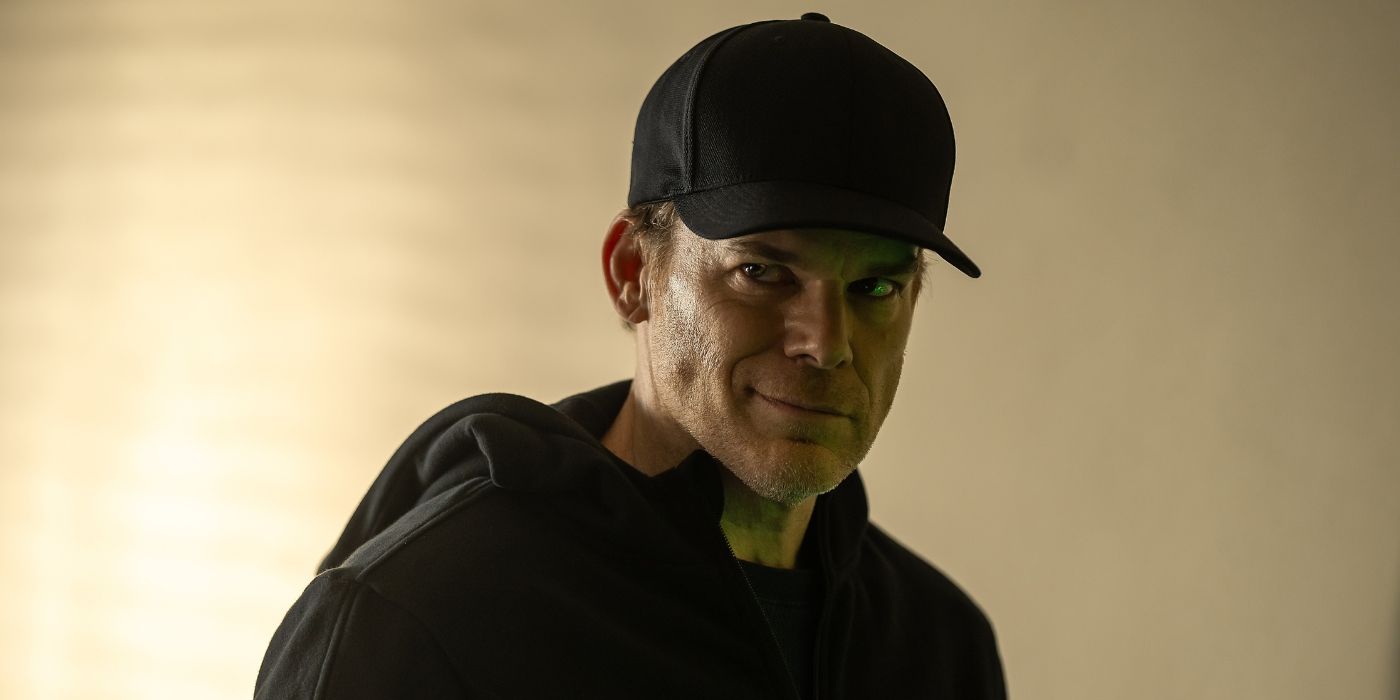


![Big Brother Recap: Rachel’s HOH Sends [Spoiler] Packing](https://tvline.com/wp-content/uploads/2025/08/big-brother-live-eviction-week-6.png?#)







